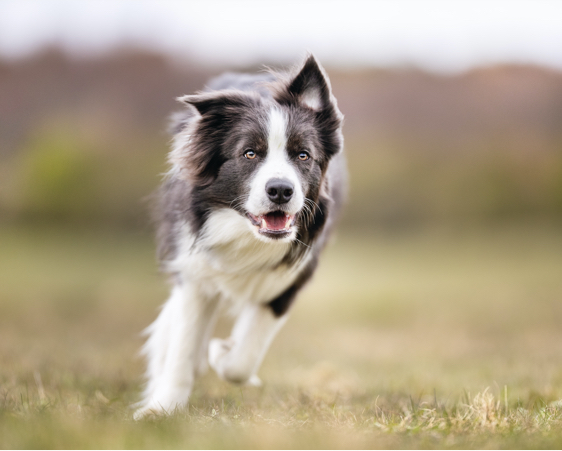Using positive reinforcement to train your dog means you are rewarding the behaviors you like, and ignoring the behaviors you do not like. You can use treats, praise, or life rewards (i.e. games, walks, car rides) to reward your dog’s good behavior. Clicker training is one effective way of using positive reinforcement to train your dog, but it’s possible to use rewards without the clicker. There are a number of benefits to training your dog with positive reinforcement:
-
Anyone can use positive reinforcement to train their dog.
Positive reinforcement allows everyone in the family to get involved in training the dog. For instance, it may be dangerous to allow your child to use some methods of dog training, such as leash corrections and other forms of punishment. With positive reinforcement, however, you can hand your child a handful of dog treats. With your supervision, your child will be able to train your dog the same way you do. Positive reinforcement doesn’t require you to speak in a strong tone of voice, rely on your strength, or put yourself or a family member in potential danger. Everyone in the family can get in on the act!
-
It allows you to communicate clearly with your dog.
Positive reinforcement allows you to communicate clearly with your dog. You decide what you want your dog to do, and let him know what you want by rewarding him when he does it. When you reward your dog for doing things correctly, he’s more likely to repeat those good behaviors.
Punishment is not always so clear. For instance, we can look at a common problem that occurs when dogs are punished for housebreaking accidents. In this case, you catch your dog urinating on your carpet and you scold him or resort to the age-old trick of smacking him with a rolled up newspaper. Your intention is to tell your dog that it’s not acceptable for him to eliminate inside your home. Instead, dogs often learn that it’s not safe to eliminate when you are around. This is one of the reasons why you may find that your dog has accidents when left alone, but never seem to catch him in the act. There’s definitely a communication problem here.
With positive reinforcement, you can avoid this confusion. Let’s take a look at housebreaking again. You want to teach your dog to eliminate outside rather than in your home. Instead of punishing your dog, you’ll reward the behavior you want – going to the bathroom outside. In this case, every time your dog eliminates outside, you give him lots of praise and treats. You can also reward him by giving him some playtime. Your dog quickly learns that good things happen when he relieves himself outside, while nothing happens when he goes indoors. Your dog will soon be eliminating outside in an effort to reap the rewards. You’ve managed to clearly communicate with your dog.
Read the entire article on positive reinforcement training here…

